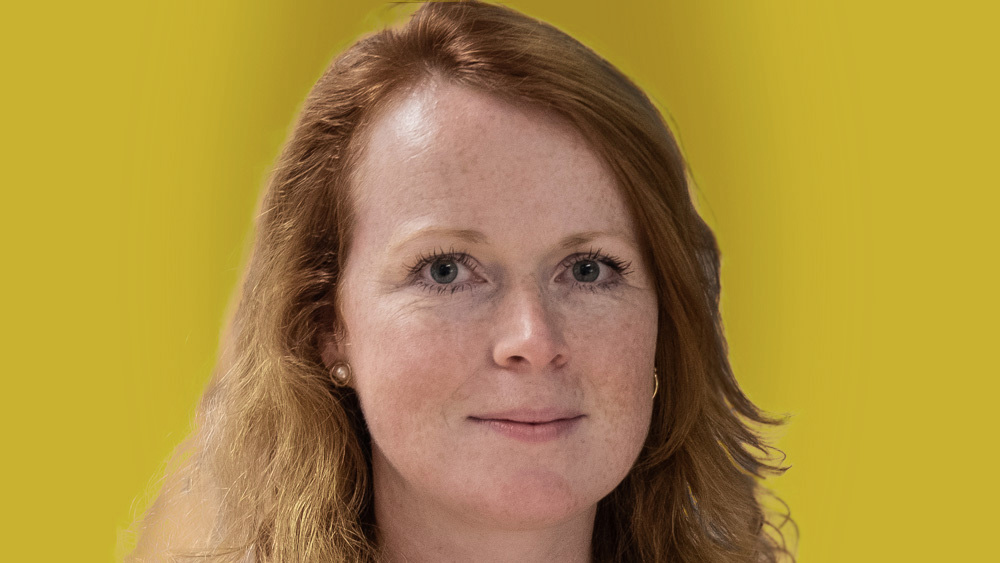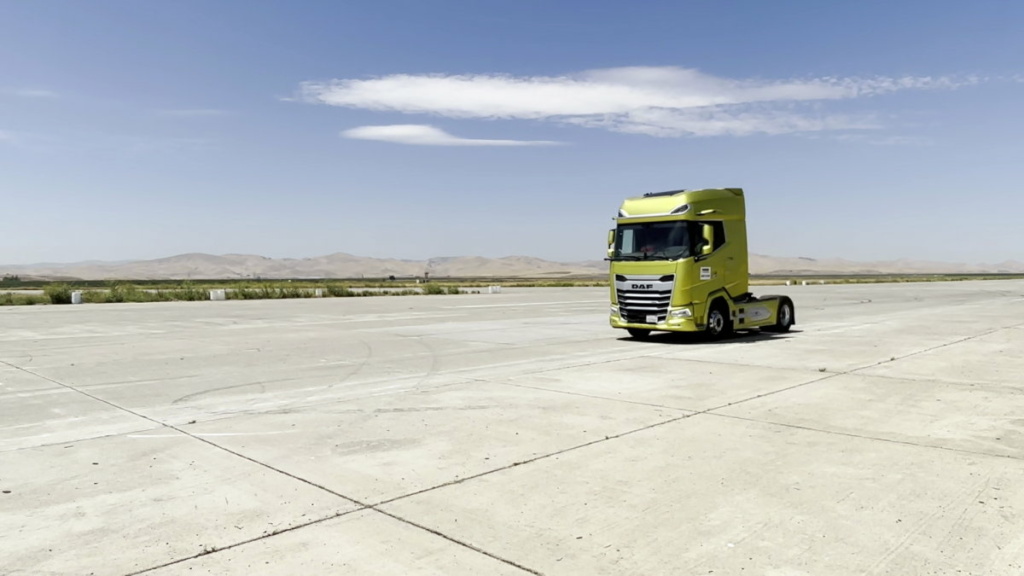Your cart is currently empty!

Connection lost?
Carlijn Compen realizes the importance of real human interaction in a corporate environment.
“Can I do the beeping?” my seven-year-old daughter asks eagerly. We’re standing in the reception area of our local hospital. I’ve just taken the ticket from the self-check-in system. The older lady next to me is struggling to scan her passport. She tells me she’ll get the results of her latest cancer treatment. “I’m so nervous, my hands are shaking.” The machine prints a ticket with a huge QR code on it.
In the hospital, the people at the check-in desk have been replaced by long rows of self-check-in consoles. White, shiny machines in a large, cold room. You have to scan your QR code at different stations throughout the hospital. Clean, dehumanized interactions.
Route 109 for us today. We start walking. “I see the next machine!” my daughter yells as she runs ahead. Beep! She’s obviously very enthusiastic about all the machines in the hospital. And yes, I also like the self-checkout at the supermarket. It’s very fast and efficient. But isn’t there a lot of value in having interactions with other people? Interactions that really matter, meaningful interactions, with real human beings?
As we sit down in the waiting room, my mind wanders off to last week. I hosted a so-called “campfire conversation” with my team: a dialogue focused on exchanging perspectives, thinking together, using our collective wisdom. With about sixty people, we gathered in a former church and sat down in a large circle. I listened to everyone’s ideas for improving as a team. One by one, people stepped forward and shared their thoughts. A very powerful way of interacting, even though it felt a bit uncomfortable at first.
This way of having a conversation is very different from our regular meetings. The thing with meetings is, they’re usually very transactional. There’s an agenda, lists are created, things are checked off, decisions are made. And there’s nothing wrong with that; these types of meetings serve an important purpose. The problem is, we sometimes forget it’s possible to talk to each other in a different way. (Or to talk to each other at all: it’s much faster and easier to send a quick message on Teams, right?)
This campfire session taught me the importance of setting the stage for an open and honest conversation with everyone, and really listening to their ideas and suggestions. In our management team, like in most management teams, it’s very common to spend time together to define our strategy. We meet during face-to-face sessions and discuss the important topics we should focus on in the coming one, three, five years. After this campfire, I realized how often we do this without really consulting the people concerned. Yes, we do these big surveys to investigate employee satisfaction. And yes, we give quarterly and monthly updates to all employees, where everyone is free to ask questions. But these types of interactions are mostly transactional, like our meetings. The dialogue is not so ‘rich,’ not so personal.
Having an honest, open conversation can be very powerful. Was it perfect? No. It was pretty hard. But it also was inspiring, and fun. And as of now, we’ll organize conversations like this more often.
The sound of laughter brings me back to the hospital waiting room. A small group of people has formed around the check-in machine. It’s beeping furiously, but nothing is happening. “We’ve called a technician,” says one of the nurses. “For now, just sit down wherever you like. We’ll find you when it’s your turn.” Everyone finds a seat and continues talking to each other. This incident has triggered a lot of interactions.
After a while, the doctor calls my daughter’s name. As we walk past the broken machine, I see the message on the screen: “Connection lost.” I smile. Somehow, this cold device has managed to create some human connections after all.


